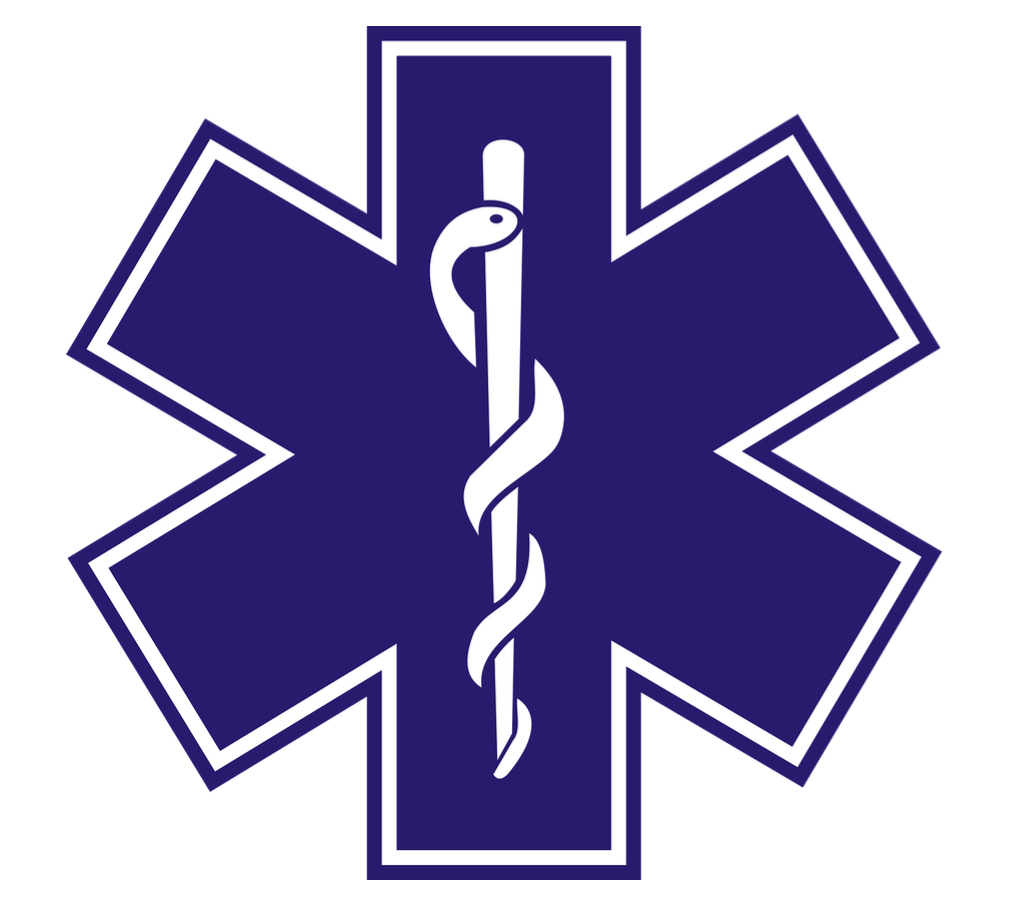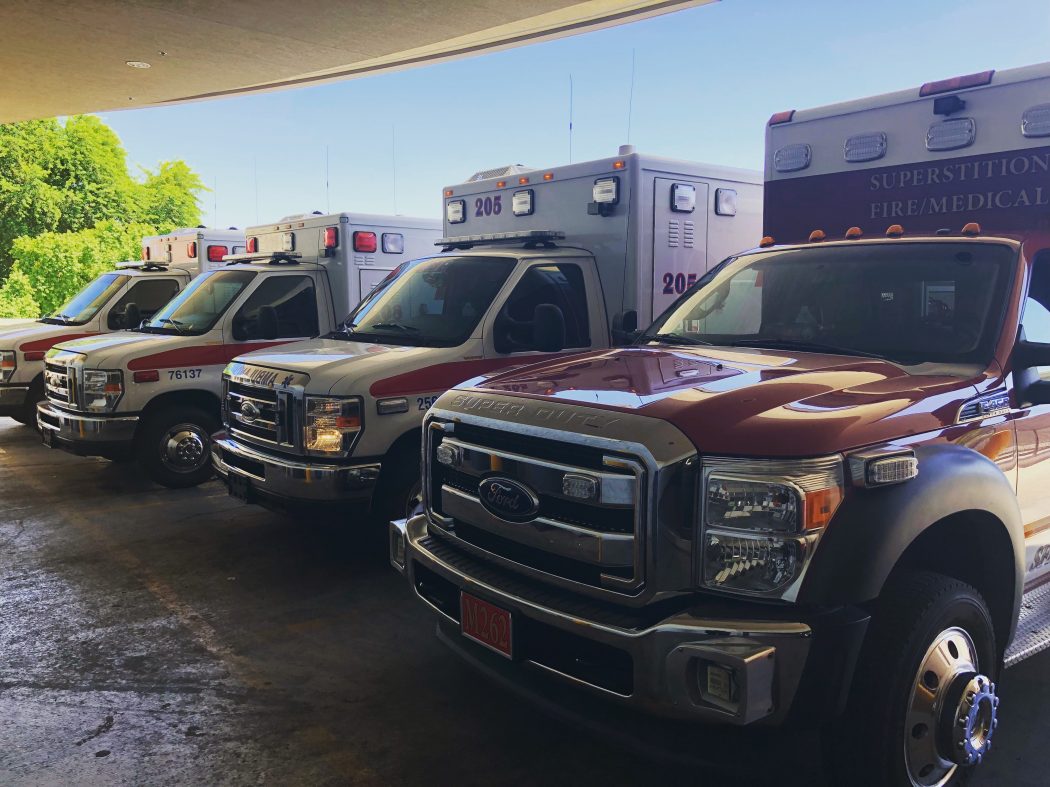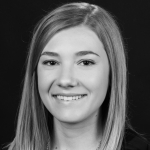During my fourth year emergency medicine rotation, I observed the importance of the hand-off between physicians and paramedics when patients are brought into the Emergency Department (ED) by Emergency Medical Services (EMS). These hand-offs included the medical history the paramedics could glean in the short time to the hospital and what interventions they were able to complete prior to arrival. These interactions with EMS left me wondering more about the education and the scope of practice of paramedics who are working first line out in the field. Coincidentally, my brother was in paramedic school during the same time, so he answered many of my questions. Knowledge about the education and credentialing process of paramedics makes physicians better at understanding not only the scope of practice of paramedics, but also the limitations they face when treating an acute patient in the field prior to hospital arrival. Below is the formal interview with my brother, Carlton Robbins, who is now a paramedic.
What is unique about being a paramedic and why did you decide to go to paramedic school?
I have been an EMT [Emergency Medical Technician] for 4.5 years, so I have seen firsthand what paramedics can do above the scope of practice of an EMT. Although I knew my role as an EMT was important on scene of emergency calls, my desire to become a paramedic greatly stemmed from wanting to do more for my patients. Paramedics have a much bigger scope of practice, such as intubation, starting IVs, and administering pain and cardiac medications. The faster that many of these interventions take place, the more likely a patient will have a better outcome.
How long was your paramedic program and what was the curriculum like?
There are many different paramedic programs in the valley ranging from 11 to 14 months. My program was 11 months long. Throughout these 11 months, I attended class 2 days a week for 8 hours each day. After the first 5 months of strictly classroom attendance, I began clinical rotations. I had to complete 16 clinical shifts, each 12 hours in length. These clinical shifts included time in the emergency room, cath lab, burn unit, labor and delivery, ICU, pediatric ICU, and a number of other departments within the hospital. After completing clinical rotations, I was able to start vehicular shifts—28 shifts at a local fire department where I practiced my new skills under guidance from an experienced paramedic. I was expected to instruct others on what needed to be done for the patient, as well as provide care through skill use, patient history taking, and more. After completing 28 vehicular shifts and 16 clinical shifts, I was eligible to take both the written and psychomotor (skills) portion of our national licensing test.
How does paramedic credentialing work?
Once the student has taken and successfully passed the classroom portion of paramedic school, they are eligible to take the National Registry exam, a nationwide competency exam consisting of a computer-based (cognitive) and psychomotor (skills) exam. In Arizona and most states, the student submits their National Registry information to their state Department of Health Services after both of these exams have been passed; however, some states do not use National Registry as the testing agency and require a separate process. My employer requires additional certifications in order to practice as a paramedic including Advanced Cardiac Life Support (ACLS), Pediatric Advanced Life Support (PALS), and Prehospital Trauma Life Support (PHTLS). Throughout school, I also gained an additional certification in neonatal resuscitation (NRP). These certifications have to be renewed every 2 years in order to maintain your license to practice as a paramedic.

What types of medications can paramedics give while on a call?
Paramedics can give a very wide variety of medications while on a call. Pain medications, such as morphine and fentanyl, can be given. Cardiac medications like atropine, epinephrine, amiodarone, lidocaine, and more can be given to both stable and unstable cardiac patients. We also carry a variety of respiratory medications ranging from albuterol and atrovent to magnesium sulfate and drugs for rapid sequence induction (RSI) such as ketamine, etomidate, succinylcholine, and more depending on the agency.
What would you like future physicians to know about paramedics?
We have a finite amount of time with the patients we come in contact with in the field. Our ultimate goal in EMS is to get the patient to definitive care as quickly as we can. In this limited amount of time, we get as much done as we can, and we try to make sure that the patient doesn’t worsen. We can’t always find a solution for these people that will fix their long term problem, but we ultimately do the best we can with the resources we have access to.
We get people from all walks of life whether it be someone from a wealthy neighborhood or a homeless person sleeping at a bus stop bench. We treat these people every day with the same respect no matter where we pick them up and try to address their concerns in an appropriate manner. I feel there is an extremely important connection between physicians and first responders because we run into many societal problems that we unfortunately are unable to handle on our own.
What is your best memory of being an emergency responder so far?
Every day is a really great day as a first responder. Although some days we may pick up the same regular or transport someone to the Emergency Room that doesn’t necessarily need an ambulance, every day is different. The most boring day for EMS is when no one is seriously sick or injured, which is a really good day for everyone else. Our most exciting days means that someone else is potentially losing a family member, but ideally, we are able to effectively intervene and make that bad day a little bit better.
Madalyn Nelson is part of the 2020 class at The University of Arizona College of Medicine – Phoenix. She is an Arizona native and graduated from Xavier University where she earned her bachelor’s degree in biology. Madalyn has a passion for traveling and global health. To contact Madalyn, please email her at madalyndnelson[at]email.arizona.edu.


